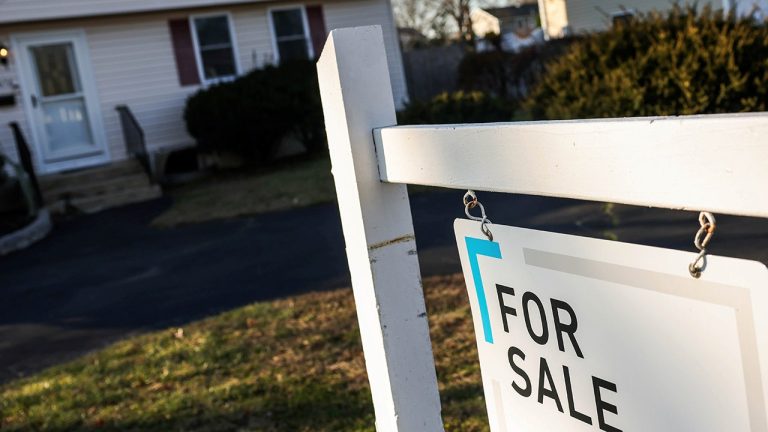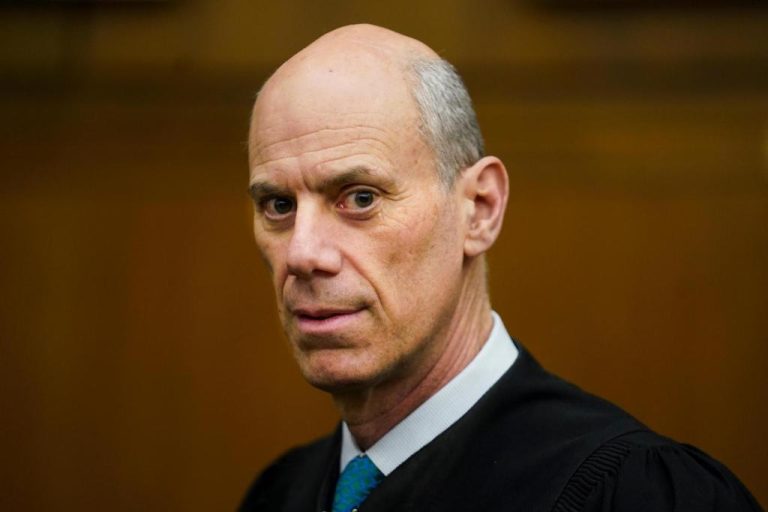
Many have seen their nest eggs crash by up to 25 per cent and may struggle to recoup their losses, ruining retirement plans. In a bitter irony, they’d been told they were making their retirement savings less risky, by shifting their money from stocks and shares into the supposed safe haven of government bonds.
Instead, they are being hammered as bond prices crash due to falling interest rates. Playing safe has exposed them to a huge, hidden risk that few foresaw.
The underlying problem is that bond prices were artificially inflated after the Bank of England slashed interest rates almost to zero after the financial crisis, and flooded markets with virtual money through quantitative easing.
This created a bond bubble which ran for more than a decade only to burst last year as soaring interest rates destroyed bond prices.
Those hardest hit ticked a box on a form sent to them by their pension company suggesting they de-risk their pension savings in the decade before retirement, by steadily switching from shares to bonds.
The option is known as “lifestyling” and was set up with the best of intentions. Yet it has sent many pension savers down the road to retirement hell.
Government bonds such as UK gilts are supposed to protect your capital but last year they suffered their worst sell-off since the war, as soaring interest rates hit prices.
Bond values have fallen again in recent weeks as sticky inflation means that interest rates are likely to stay higher for longer.
The bond market rout has “potentially disastrous” implications for savers in lifestyling, said Helen Morrissey, head of retirement analysis at Hargreaves Lansdown.“Significant falls in pension values so close to retirement can undermine the best laid retirement plans and leave people needing to work for longer.”
Andrew Tully, technical services director at Nucleus Financial, said the damage will depend on how much of your pension has been shifted into bonds. “Gilt prices have fallen by anything up to 50 percent. So if, say, half your pension is been moved into bonds its total value could have fallen by up to a quarter.”
Gilts are supposed to be much safer than shares, but lately both have been falling at the same time in a double whammy.
Tully said lifestyling is an “outdated concept” anyway, designed for the days when people retired at a specific date and used their funds to buy an annuity.
READ MORE: £10,600 is not enough – what pensioners really need to retire in comfort
Today, the majority of pensioners leave their money invested at retirement, via drawdown. “Over a typical 25-year retirement, shares should deliver a superior return to bonds, so starting the lifestyling process at age 55 makes little sense,” Tully said.
In defence of lifestyling, nobody foresaw a time when both shares and bonds would both crash at the same time. “Poor gilt performance over the last couple of years has turned a supposed safe haven into a place of jeopardy,” Tully added.
Savers in lifestyling could contact their pension company and asked to be switched back into shares but Tully said this will not reverse the losses they have already made.
He added: “Those slightly further away from retirement may want to check if they ticked the lifestyling option and reconsider whether they still want to do this. In many cases it may be better to leave your money in the stock market. Independent financial advice may help.”
Lifestyling is an option on company and personal defined contribution pension plans, sometimes called money-purchase plans.
With these type of pension schemes, now the vast majority, pension contributions are invested and what the policyholder gets a retirement depends on how well their portfolio performs.
Lifestyling is not an issue with gold-plated defined benefit final salary plans, where what your retirement income depends on pay and years of service, rather than investment performance.
Helen Morrissey said there is one compensation for affected savers who plan to purchase an annuity for their retirement income. “Their pension pot may have fallen but higher gilt yields have pushed up annuity rates.’’






